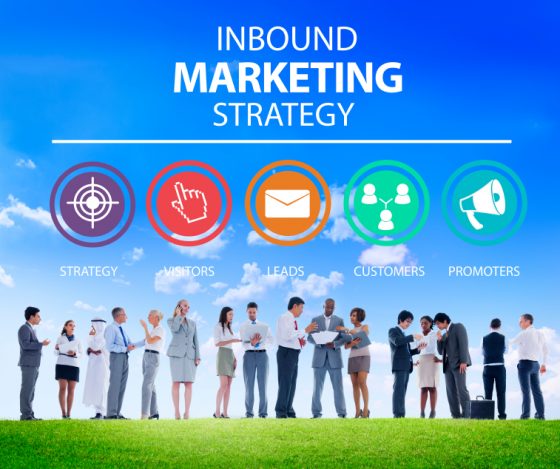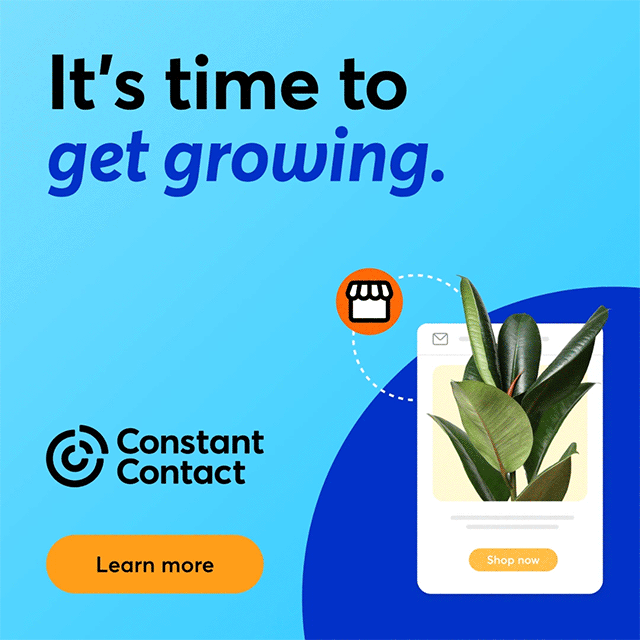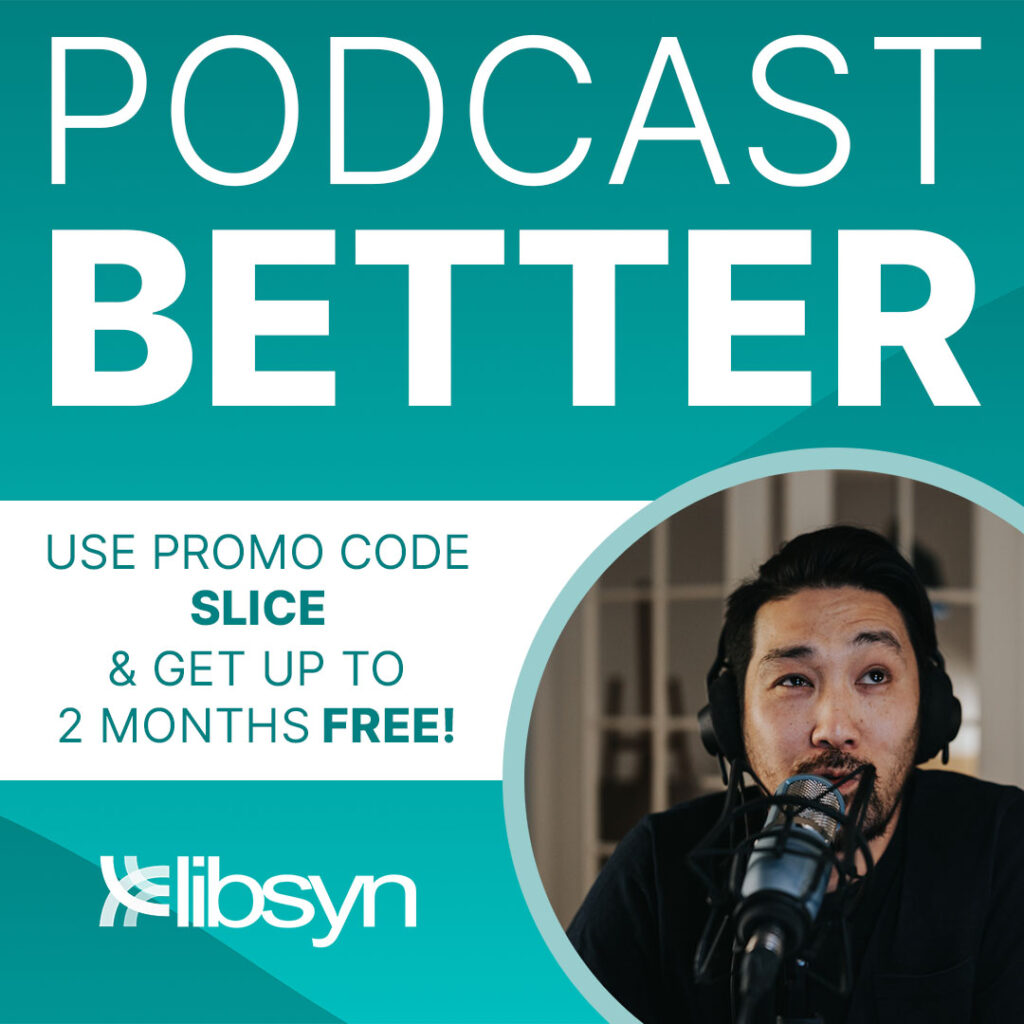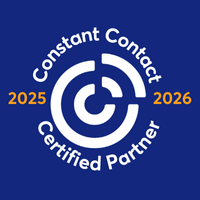In 2011, a husband and wife team founded Main Line Family Law Center in Haverstown, Pa. The center was a small business of two professionals against the world. Divorce issues and family law are a field where quiet, private consultative marketing is better than anything noisy. The clients of the family law center would rather quietly Google than ask friends where to go or see brash advertising on television.
Their inbound marketing strategy was simple. Discovering that people in their community were fruitlessly searching for “legal separation in Pennsylvania,” they started writing blogs about that very topic , targeting those key words. The fact that people starting reading the blogs they wrote brought the Main Line Family Law Center blog a #1 rank for dozens of keywords. Web traffic grew quickly. Calls to action on their landing pages led to a high rate of conversion from hits to leads. Eventually, the Oprah Winfrey Network ran across the center's blogs while doing research for a show. This resulted in the kind of publicity that quickly grew their practice.
Inbound marketing strategies sometimes have to do with making arguments. In the case of The Rodon Group, a family owned injection molding company, use of inbound marketing techniques answered their need to argue that manufacturing small plastic parts in the United States is really more economical than sending the business off-shore. They decided to address this argument with their “Cheaper than China” campaign. The company published an e-book entitled “Bring Your Plastic Injection Molding to the U.S.” and featured it on their web page. The intense interest in the issue brought intense focus on their site. Even the President of the United States paid them a visit. They received coverage from top-tier business publications as well.
An Inbound Marketing Strategy
Much of formulating an inbound marketing plan is determining what your actual goals are. Are their specific arguments that you want to make? Are there specific groups of people or companies you want to reach? Experts define six basic steps to putting a proper inbound marketing plan in place.
- Define who your buyer is. Give your buyer a “persona.” What does your buyer want from you? How will they communicate with you? A “buyer persona” is a fictional representation of your ideal customer or client. Is your buyer a corporate CEO, a Marketing Manager, a Sales Director, a homeowner, a parent?
- Outline what leads your buyer to the marketplace. What are their marketing triggers? This analysis of marketing triggers will tell you what to write about. What are the “pain points” your products will alleviate?
- Create a list of keywords based on your list of pain points. Key words are like beacons that light the way from the search engine to your door. Do some keyword research to see how your proposed keywords draw search volume. You will want to pick the keywords that draw the most traffic and are used by the smallest number of competitors. This may not be easy. When you find the right keywords and phrases you will know what content to write your inbound marketing blogs about.
- Set inbound SMART marketing goals. Begin by assessing the drawing power of your current website. How much visitor traffic do you get? How many visitors are converted into marketable leads? What percentage of your leads are closed as business? Thinking about what you have, plan what your ideal outcomes are. Your successful inbound marketing campaign should increase your visitor frequency, visitor to lead conversion rate, and ultimately your lead to customer conversion rate and your number of customers.
- Work out your content strategy. Plan your landing page like a kind of trap. Inbound marketing websites include buying funnels. Provide general information at the top of the funnel (the entry point). Allow visitors to find out what your company specifically offers them in the middle of the funnel. Then include a call-to-action at the bottom of the funnel. The call-to-action makes a demand on the prospect that they make a commitment to buy your product or do what you want them to do to meet your requirement.
- Work out ways to nurture your leads with follow-ups, supportive e-mails or other contacts. Make sure your inbound marketing campaign is continuously active with regular postings and fresh information.
The Friedman Group, LLC develops digital marketing strategies that integrate with your overall marketing strategy and align with your mission and company vision. Please contact us to learn more.









